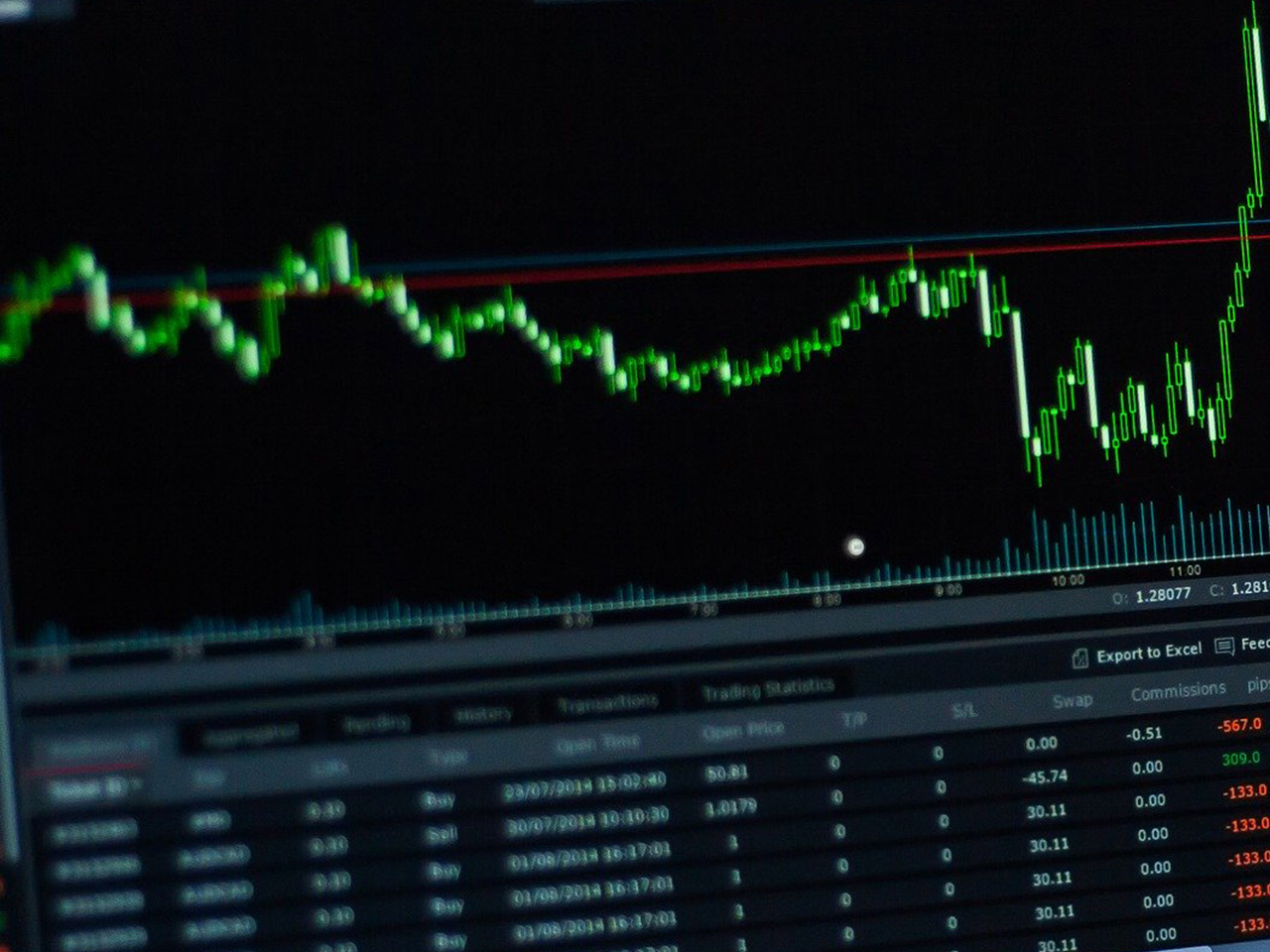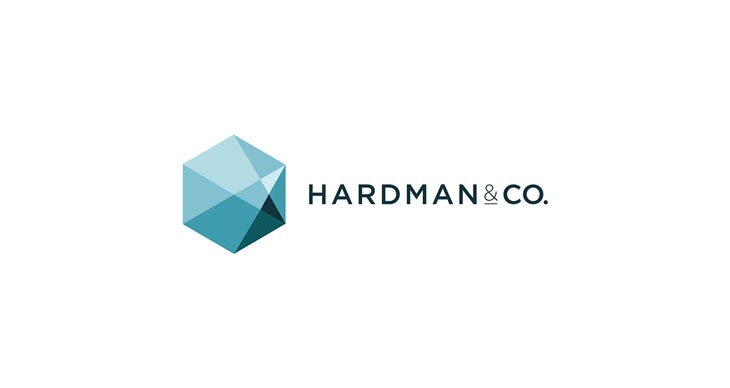Burberry Group PLC, a staple in the luxury goods sector, commands a market capitalisation of $4.8 billion. This iconic British brand, established in 1856, has long been synonymous with high-end fashion, offering a diverse range of products from accessories and clothing to beauty items. As Burberry navigates the ever-evolving landscape of consumer preferences and economic challenges, investors might find it intriguing to explore the current financial metrics and market positioning of this storied brand.
Currently trading at 1,335.5 GBp, Burberry shares have encountered modest turbulence, reflected in a slight price decline of 0.03%. Over the past 52 weeks, the stock has experienced volatility with a range from 571.00 GBp to a peak of 1,371.50 GBp. While the current price is nearing the upper end of this spectrum, it provides an interesting backdrop for evaluating its potential investment appeal.
The company’s valuation metrics paint a complex picture. The forward P/E ratio stands at an astronomical 3,243.16, which may raise eyebrows among investors. This figure could suggest market expectations of significant future earnings growth, but it also highlights the uncertainty surrounding Burberry’s earnings trajectory. Notably, traditional valuation metrics like the P/E and PEG ratios are unavailable, complicating straightforward comparisons with industry peers.
Performance metrics further reveal the challenges Burberry faces. A revenue decline of 12.50% and a negative EPS of -0.21 are concerning. The company also posted a return on equity of -7.23%, signalling inefficiencies in generating profits from shareholder investments. Despite these setbacks, Burberry maintains a robust free cash flow of £328.5 million, which could provide a buffer in navigating these turbulent times.
The dividend payout ratio is notably high at 559.63%, indicating that the company is paying out more in dividends than it is earning. This raises questions about the sustainability of its dividend policy, especially given the absence of a recorded dividend yield. Investors might need to consider whether such a strategy aligns with their income-focused investment goals.
Analyst sentiment towards Burberry is mixed, with 6 buy ratings, 9 hold ratings, and 3 sell ratings. The average target price of 1,195.83 GBp suggests a potential downside of 10.46% from the current price, which may warrant caution for those eyeing short-term gains. However, the broader target price range of 580.00 GBp to 1,600.00 GBp reflects varied expectations about the company’s future performance.
From a technical perspective, Burberry’s 50-day moving average is 1,148.53 GBp, while the 200-day moving average is 966.55 GBp, indicating a recent upward trend. However, the Relative Strength Index (RSI) at 32.72 suggests that the stock may be nearing oversold territory, which could present a buying opportunity for contrarian investors. The MACD indicator, with a value of 64.59 above the signal line at 62.60, further supports the potential for a bullish reversal.
As Burberry continues to adapt to the global luxury market’s demands, investors must weigh the company’s rich heritage against its current financial hurdles and market conditions. Understanding the broader economic factors and consumer trends impacting the luxury sector will be crucial for making informed investment decisions in Burberry Group PLC.





































